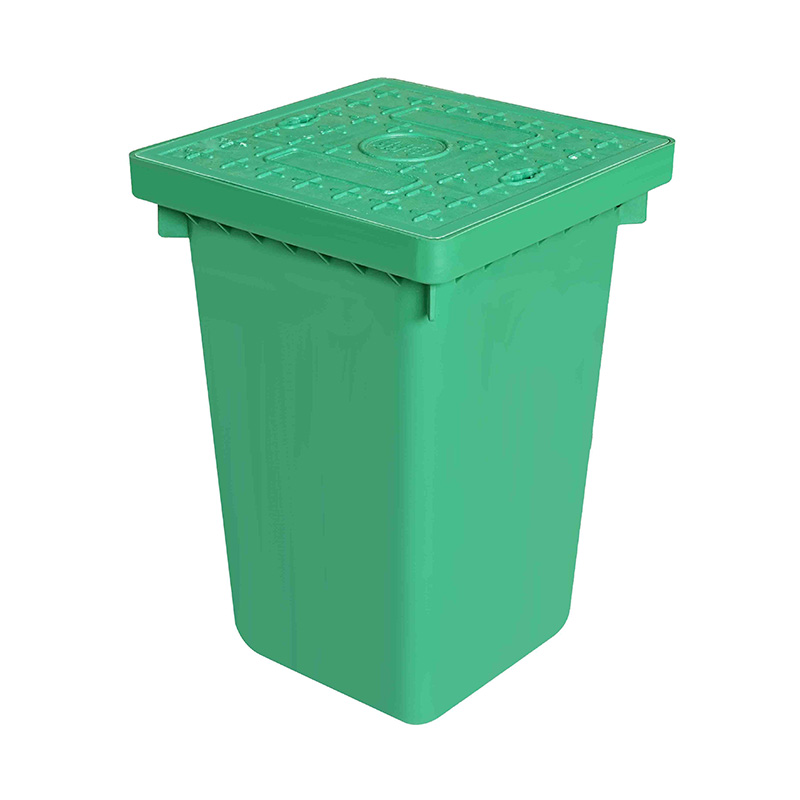HDPE Linear Plastic U-Shaped Round Forest Sewer Drain Ditch
Cat: Plastic Drain Channel
The HDPE linear plastic U-shaped circular forest sewer drainage ditch represents a significant advancement in drainage infrastructure, specifical...
See DetailsAs modern infrastructure projects grow in size and complexity, the demand for reliable and accessible cable management solutions has become increasingly important. One essential component playing a significant role in this field is the Cable Chamber Box. Often found in urban developments, industrial zones, and utility projects, the Cable Chamber Box provides a practical and organized way to manage underground cables while ensuring long-term safety and ease of maintenance.

A Cable Chamber Box is a type of enclosure typically installed below ground to house and protect various types of cables. These may include electrical power lines, fiber optic cables, telecommunications wires, and control systems. By centralizing cables within a protected chamber, the Chamber Box allows infrastructure planners and engineers to improve system accessibility while reducing the risks associated with exposed or loosely managed cables.
One key advantage of using a Cable Chamber Box is its ability to simplify maintenance tasks. In traditional systems where cables are buried without structured access points, repairs or modifications can be time-consuming and disruptive. With a Cable Box, technicians have a designated space to access, inspect, and adjust cables without extensive excavation. This makes routine maintenance and emergency repairs more efficient and reduces service interruptions.
Another important feature of the Cable Chamber Box is its durability. Typically manufactured from robust materials such as reinforced concrete, polymer composites, or steel-reinforced plastic, it is designed to withstand environmental stress, traffic loads, and weather changes. The solid construction of a Chamber Box ensures that cables inside remain secure and protected from external forces, which is especially important in busy urban areas and industrial sites.
Safety is a priority in any infrastructure project, and the Cable Chamber Box contributes to this by reducing the potential hazards associated with exposed cables. Open or poorly managed cables can pose risks to both people and equipment. By housing these systems underground within a Cable Box, the chances of accidental damage, vandalism, or unauthorized access are greatly reduced, supporting a safer operational environment.
Flexibility is another reason the Cable Chamber Box is favored in contemporary infrastructure planning. It accommodates different cable sizes, configurations, and entry points, allowing planners to customize each chamber based on the specific needs of a project. Whether it’s a high-capacity data network or a standard electrical supply line, the Chamber Box can be adapted to suit a variety of technical requirements.
Urban infrastructure projects, in particular, benefit from the use of a Cable Chamber Box due to the limited availability of surface space and the increasing need to keep systems organized underground. City planners often use these boxes at key intersections, utility corridors, and service roads where multiple cables need to converge. The Cable Box provides an organized, central location to manage these connections while ensuring future upgrades can be carried out smoothly.
The Cable Chamber Box also plays a role in protecting cable infrastructure from environmental factors. Water, soil pressure, and temperature changes can impact cable performance if not properly managed. By installing cables within a Chamber Box, exposure to moisture, soil movement, and other underground conditions is minimized. Many designs include drainage outlets and sealed covers, adding extra layers of protection for the cable network inside.
From an installation perspective, the Cable Chamber Box offers convenience and predictability. These boxes are often pre-fabricated and delivered to the project site, allowing for quick and accurate placement during construction. This reduces on-site labor requirements and helps keep projects on schedule, especially when dealing with tight construction timelines.
In addition to technical benefits, the Cable Chamber Box supports sustainable infrastructure practices. By providing a durable and reusable housing for cable systems, it extends the service life of both the cables and the surrounding civil works. When systems are upgraded or expanded, the existing Chamber Box can often be reused, reducing material waste and lowering the overall environmental impact of infrastructure projects.
Furthermore, the organized layout offered by a Cable Chamber Box improves project documentation and system monitoring. With clearly identified access points and cable routes, facility managers and engineers can better track system performance and plan for future developments. This reduces the likelihood of accidental service disruptions and helps maintain efficient infrastructure management.
It would be great to hear from you!